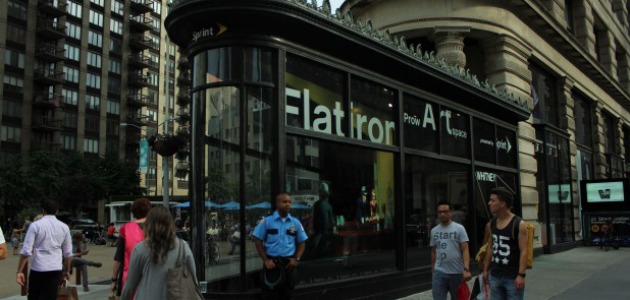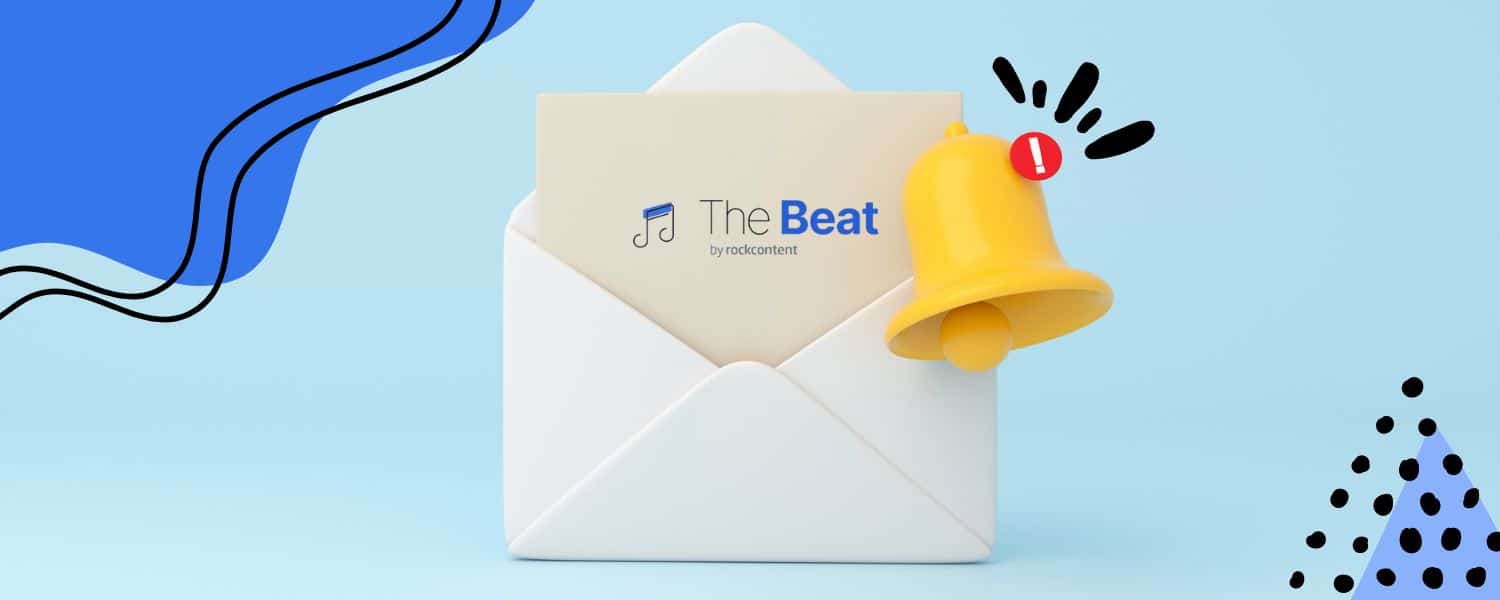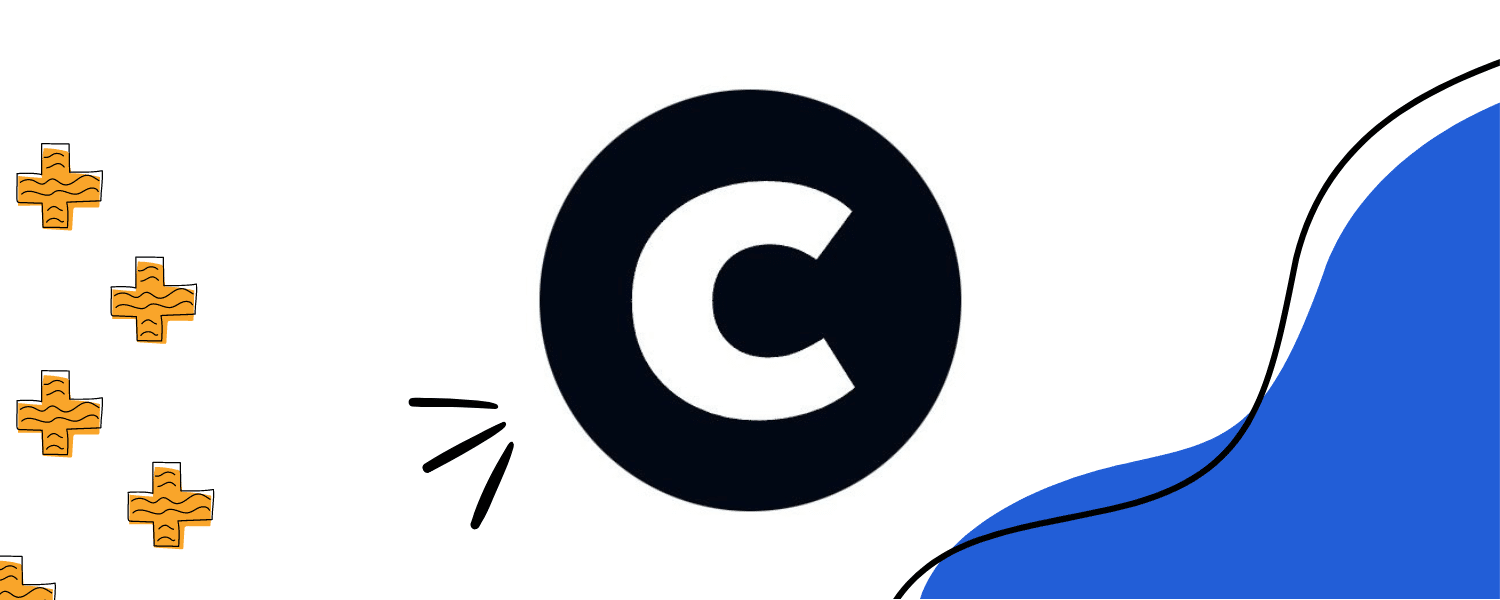Masterpieces aren’t just born. They are developed. Hopper Drawing shows Edward Hopper’s process through more than 200 drawings, including sketches, preparatory studies, final pieces and related works. Altogether, they illustrate Hopper’s process, from conceptualization to final product.




“By comparing related studies to paintings, we can see the evolution of specific ideas as the artist combined, through drawing, his observations of the world with his imagination,” says the show’s curator Carter E. Foster. “In other instances, his drawings provide a crucial form of continuity among thematically related paintings, a kind of connective tissue that allowed Hopper to revisit and re-examine ideas over time.” This is evident in his process of his most iconic paintings, including Early Sunday Morning (1930), New York Movie (1939), Office at Night (1940), Gas (1940), and Nighthawks (1942). Nighthawks is a madeup but likely city scene in a building that looks like Manhattan’s Flatiron Building but that never really existed as painted. The drawings show how Hopper came up with the arrangement of late-night diners and the building itself.
As a satellite part of the exhibition, the Whitney staged the Nighthawks scene in the building from which it was inspired: The Flatiron. Passersby in lower Manhattan stumble upon cutouts of the iconic late-night scene arranged amid the Flatiron’s glassed ground floor–and with a little imagination it looks very much like a lifesize version of the original. Hopper’s diner was apparently inspired by the building’s narrowing shape.
For designers, this exhibition reminds us that inspiration comes in many forms and that the best finished products require a great deal of process.
Hopper Drawing Whitney Museum of American Art Through Oct. 6 Photography by Rani Molla. Rani Molla has a digital media master’s degree from Columbia Journalism School and is the editorial producer at GigaOM. She’s a journalism reader, writer, photographer, videographer, data visualizer and general doer. Follow her on Twitter.









